
OR
Experts stress recognition of indigenous communities’ rights to foster sustainable tourism
Published On: May 4, 2024 09:00 AM NPT By: Aesha Bajracharya
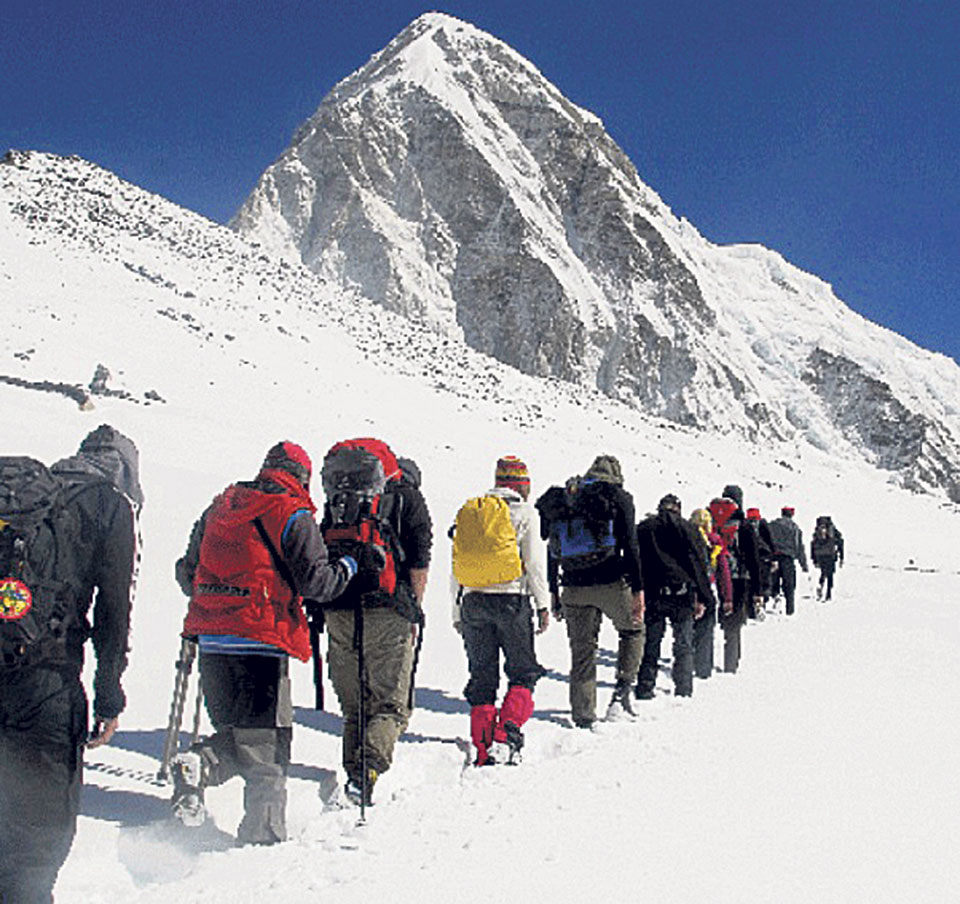
KATHMANDU, May 4: Nepal has gained worldwide popularity as an excellent destination for tourists to showcase the beauty of the Himalayas and experience expeditions. Nepal is home to eight of the world’s highest peaks, each over 8,000 meters, with Mount Everest being a particularly adventurous tourist destination.
In the Himalayan region, indigenous communities have enriched the beauty of the tourist spots through their lifestyles, authentic cultures, languages, foods, customs, histories, indigenous knowledge and traditions. The tourist spots in Nepal have been adorned with the uniqueness of these indigenous communities. Therefore, to achieve sustainable tourism, experts suggest identifying and prioritizing the main contributors in preserving and protecting the true essence and beauty of tourist destinations.
Expert Ram Kumar Pandey suggested that the mountains and the Himalayas should be seen not as problems, but as opportunities.
He said, “We have continued to follow and adopt the traditional cultural heritages as our intangible heritages.” He stated that protecting and promoting our culture is not only the responsibility but also the right of all Nepalis. This matter has been guaranteed as the Right to Language and Culture in Article 32 (3) of the Constitution of Nepal, which states, “Every community residing in Nepal shall have the right to preserve and promote its language, script, culture, cultural civilization and heritage.”
Expert Pandey believes that people living in the mountainous region have been managing locally available resources sustainably as part of their tradition. However, due to the lack of access to mainstream state functioning, their rights-based issues have been neglected.
“In the mountainous region, a specific economic and social system has been developed based on the geographical terrain,” said Pandey, “The developmental blueprint of the lowlands cannot be implemented there, and therefore the state needs to formulate plans and policies considering the demographic features suited to the mountainous region.”
Nepal's economy is progressing through the tourism sector, which is the only sector generating foreign exchange earnings without exporting any goods and services. Moreover, the major source of income in the tourism sector comes in the form of revenue from mountain climbing.
According to the Mountaineering Regulation, 2059, there is a provision to impose Rs 1.1 million on each foreign climber during the spring season for climbing Everest, while each Nepali needs to pay Rs 75,000. For climbing Mt Everest, a foreign climber spends at least Rs 3 to Rs 10 million.
“From the small portion of an amount raised by the state from climbers seeking to climb the highest peaks could potentially ensure equal access of indigenous communities to receive their basic necessities safeguarding their rights,” said Ang Tshering Sherpa, Chief Advisor at Nepal Mountaineering Association, “Also, the government can initiate programs that can make them self-reliant by providing income strengthening opportunities and training.”
This year, a total of 352 climbers have obtained permission to climb Mount Everest, including 65 women and 287 men from 33 climbing teams, according to the Department of Tourism (DoT). To date, climbers seeking the adrenaline rush through adventurous climbing experiences from 55 countries have registered to ascend the world’s highest peak.
Last year saw a record number of 478 climbers obtain permits, resulting in the collection of Rs 564.4 million from permits for climbing various mountains, including Mount Everest. The DoT collected revenue of Rs 760 million last year. It is estimated that some Rs 500 to Rs 700 million more revenue could be generated this year as the spring season has just started.
According to the Central Bureau of Statistics (now National Statistics Office) 2021 Census report of Nepal, the total population of indigenous people in Nepal is 35.08%.
Sherpa added, “When the politicians and lawmakers are delivering speeches at national and international forums to promote adventure tourism through promotions and branding of the highest peaks, the real heroes responsible for protecting the Himalayas’ ecosystem remain overshadowed.”
Despite Nepal’s ratification of the ILO Convention 169 on Indigenous and Tribal Peoples and the passing of the UN Declaration on the Rights of Indigenous Peoples (UNDRIP) and the World Council of Indigenous Peoples (WCIP) Outcome Document, the government denies the collective rights and aspirations of the indigenous people. The implementation is still lacking in the laws, draft bills, ordinances and policies that are not in line with UNDRIP and ILO Convention 169.
Even though the government expressed its commitment to promoting the sustainable tourism sector in its budgetary releases every fiscal year, the status and plight of local indigenous communities are not adequately addressed.
Sherpa mentioned that due to the impact of climate change on the mountainous region, the glacier lakes are melting rapidly, leading to food insecurity and cultural threats to the indigenous communities.
He further added that the development projects initiated without social impact assessments in mountainous regions have induced the migration of indigenous communities, leading to alienation from their sense of belongingness and identity. He claimed that due to the lack of proper attention, the opportunities for attracting tourists through their authentic and unique lifestyles are diminishing.
Experts stated that sustainable tourism is essential for Nepal’s long-term economic sustainability and that is only possible after prioritizing the rights of the indigenous communities.
“The government should review its existing policies and developmental projects formulated to promote sustainable tourism in Nepal,” said Sherpa, “All of us should be concerned about the rights of indigenous communities while introducing ourselves to the international arenas from the motherland of highest peaks.”
You May Like This
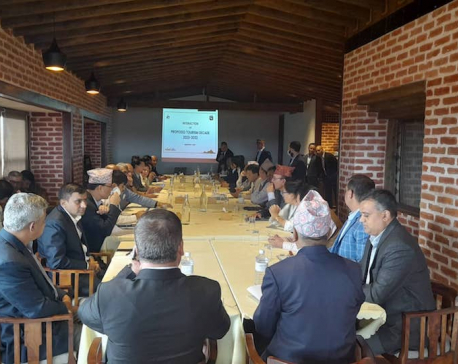
Tourism Decade 2023-2032 announced for development of sustainable tourism
KATHMANDU, Sept 12: Minister for Culture, Tourism and Civil Aviation Jeevan Ram Shrestha shared that the incumbent government had introduced... Read More...
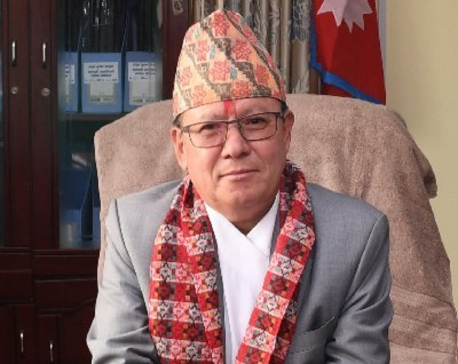
'Community should continue efforts to enliven culture'
POKHARA, Jan 25: Chief Information Commissioner at National Information Commission (NIC) Mahendra Man Gurung urged the indigenous communities to persistently... Read More...
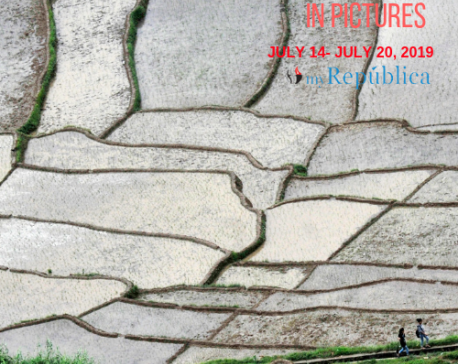
THE WEEK IN PICTURES
THE WEEK IN PICTURES: July 14 - July 20 ... Read More...
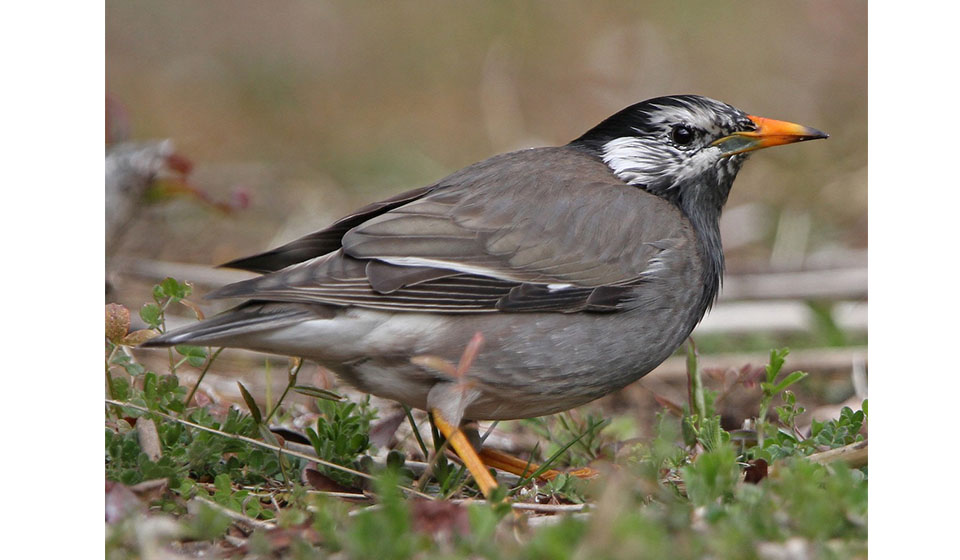

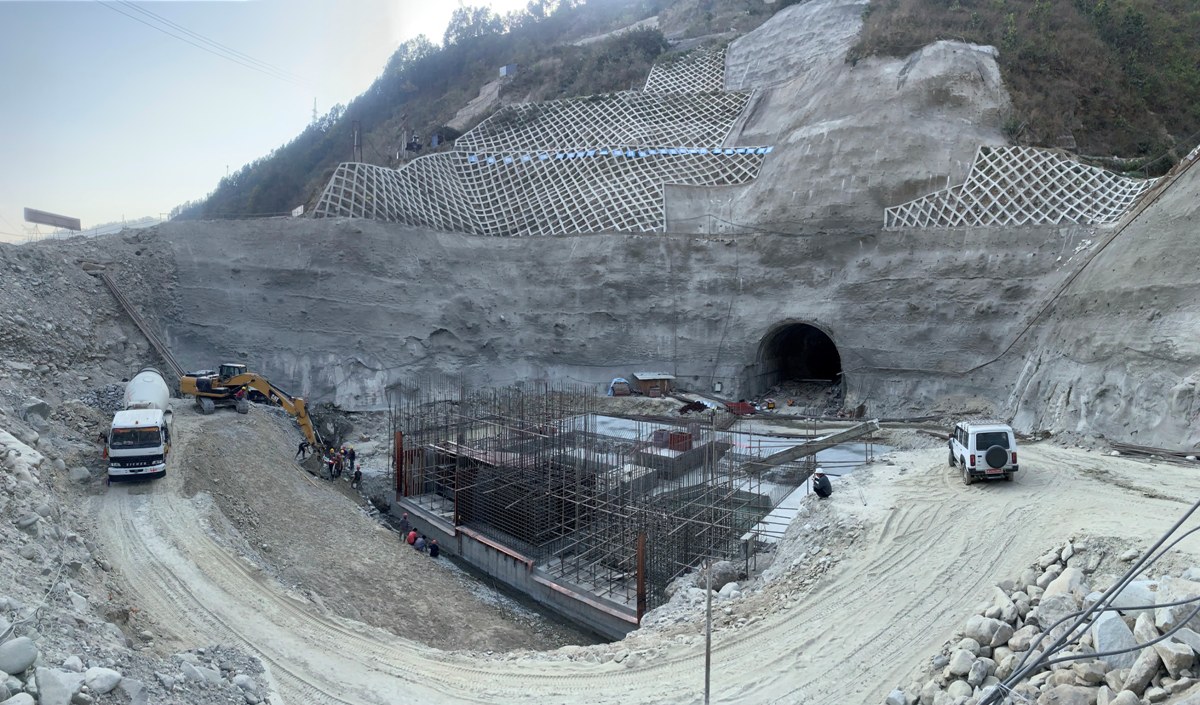

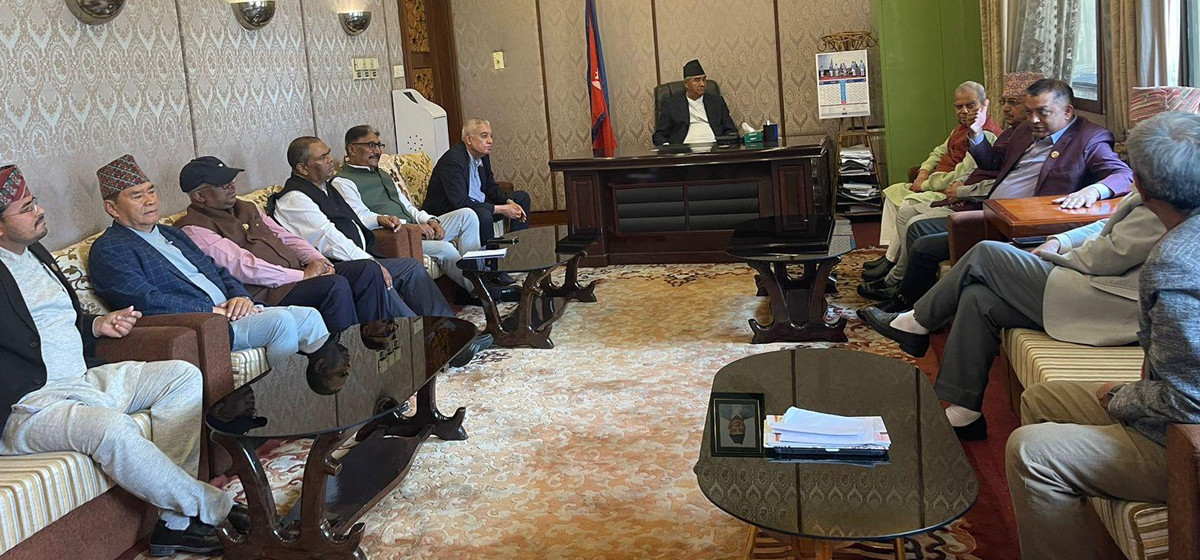
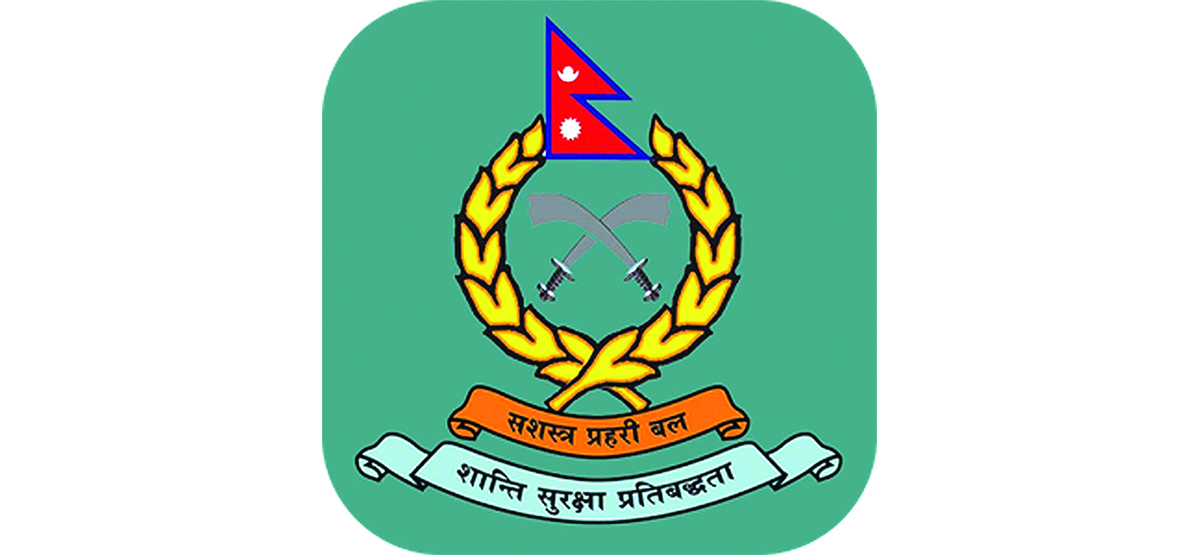
Just In
- Police arrest six individuals involved in stealing gold and silver jewelry and cash in Lalitpur
- Top leaders discuss measures to end parliamentary deadlock
- Two killed, one injured in Makwanpur road accident
- DIG Neupane is new APF Spokesperson
- Minister Basnet advocates for electric vehicles to boost Nepal's environment and economy
- Journalist killed in motorcycle accident in Janakpur
- Home Ministry recommends names of four SSPs for DIG promotion
- Over 5,000 incidents of forest fires recorded across Nepal in past ten months




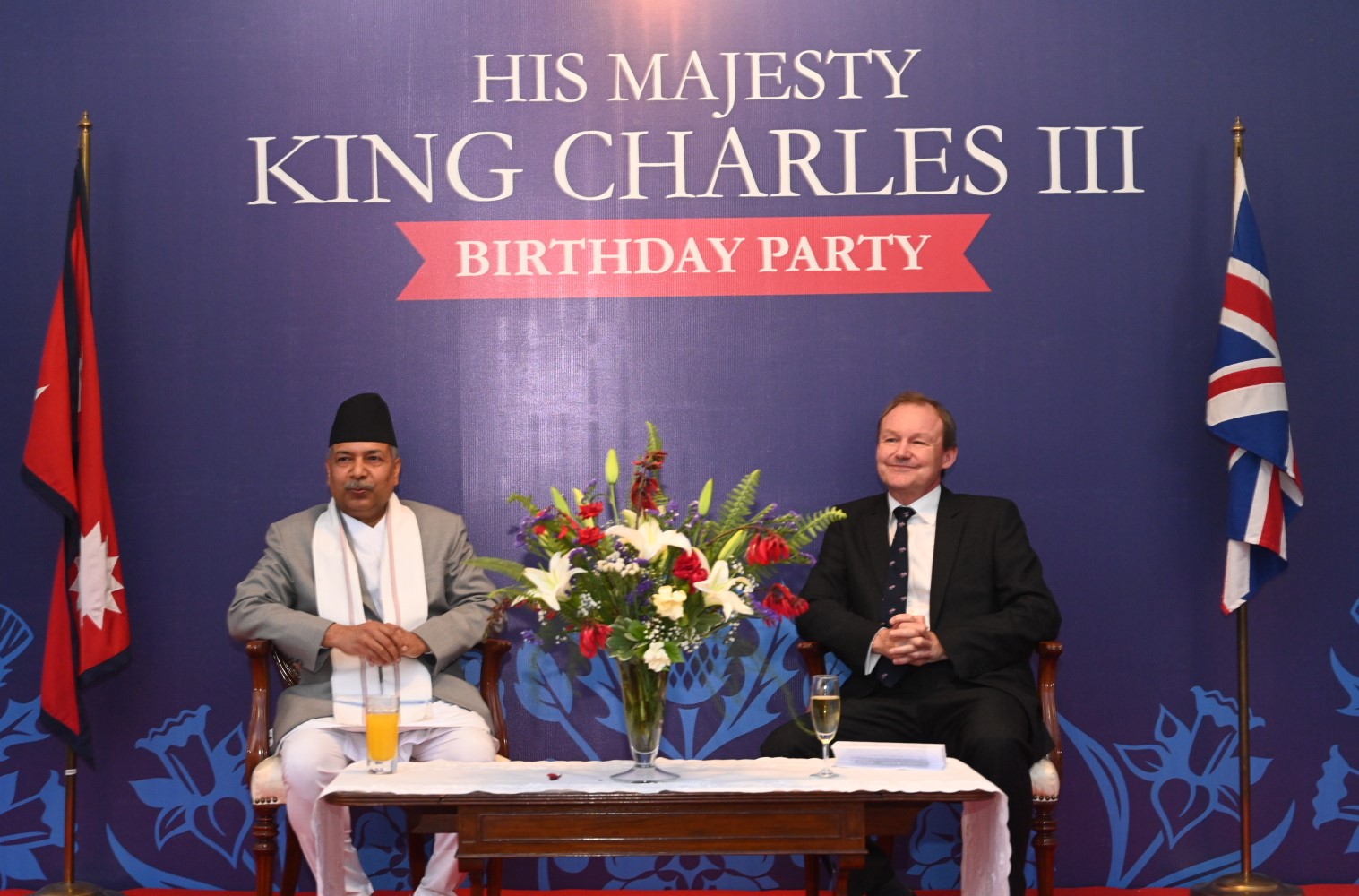
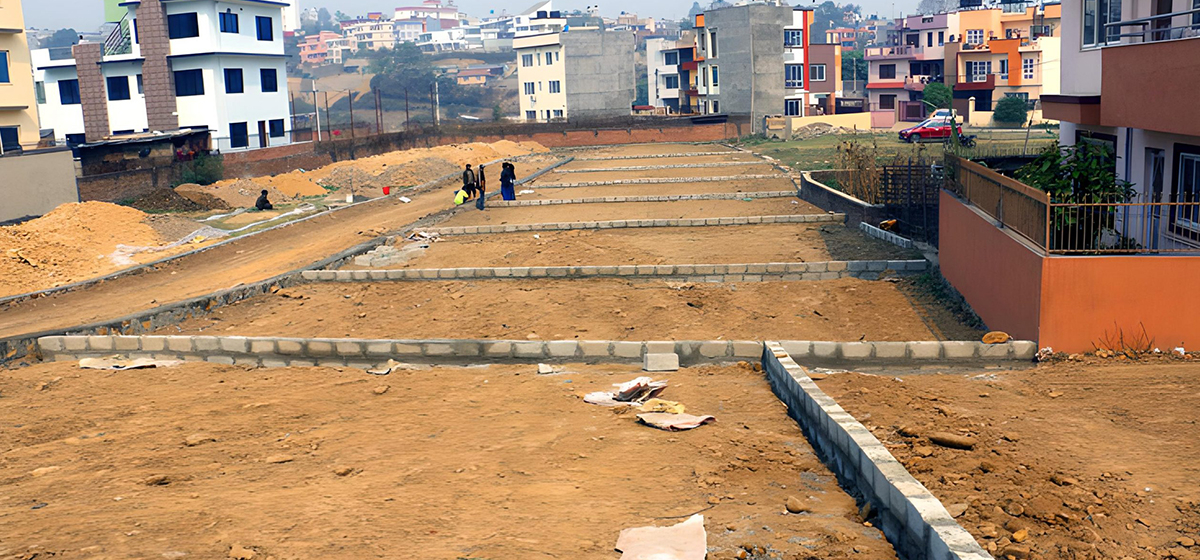

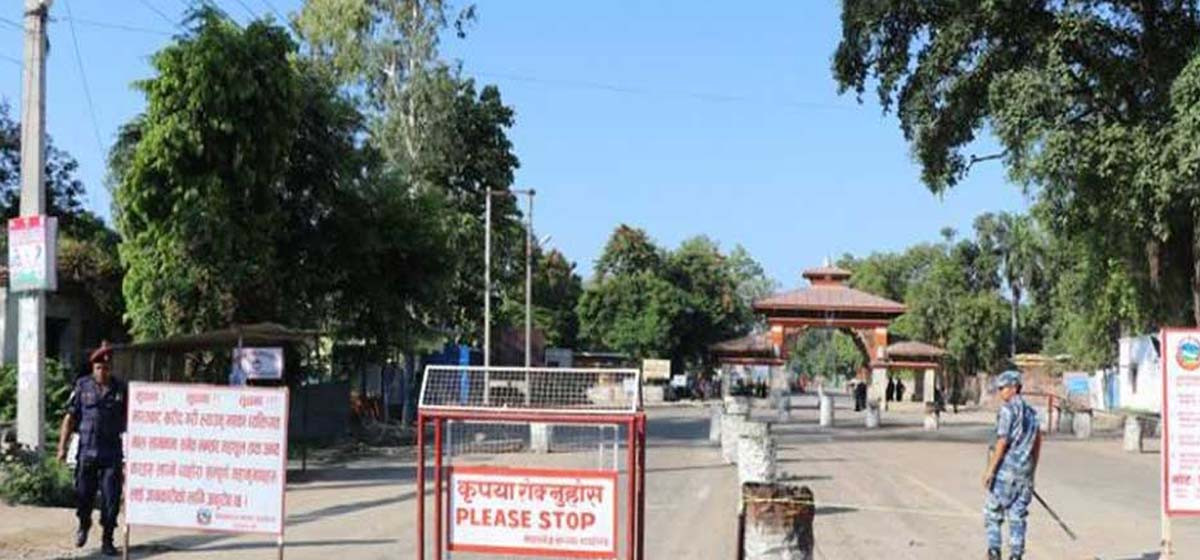



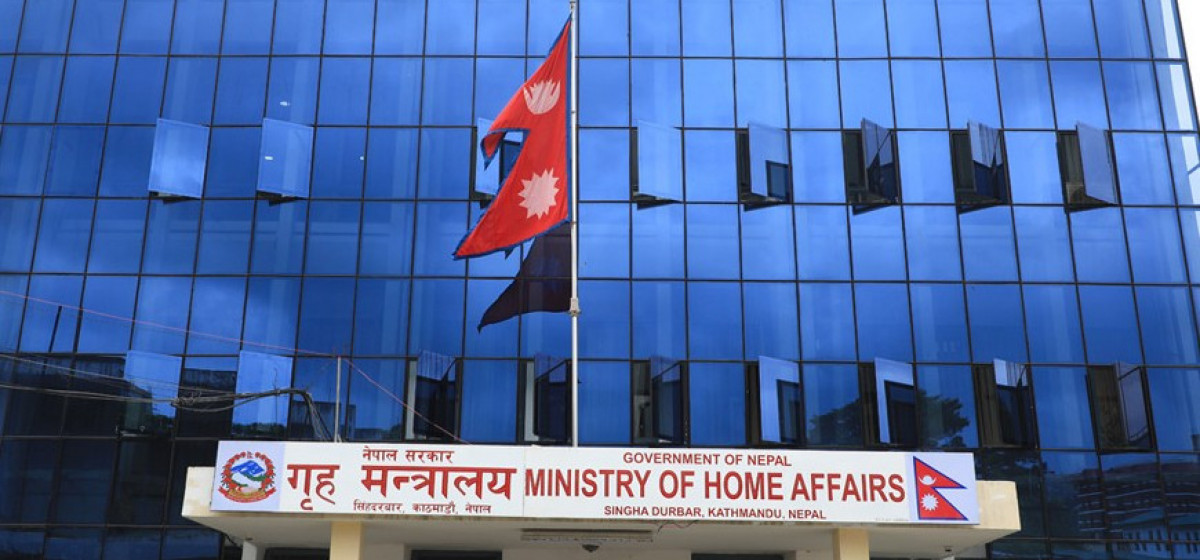

Leave A Comment